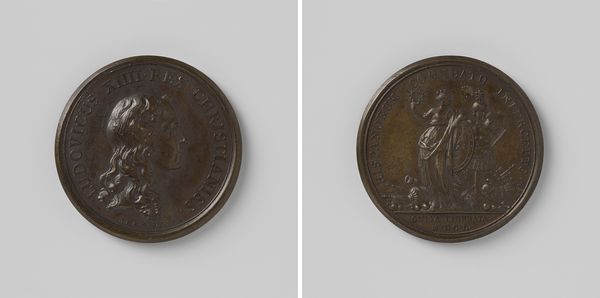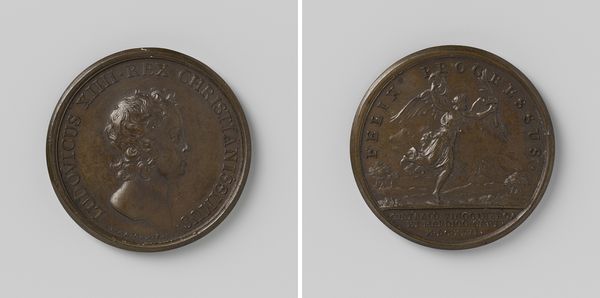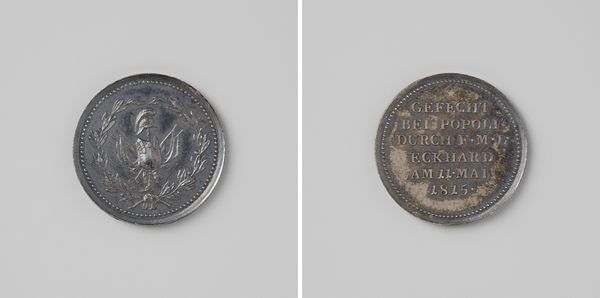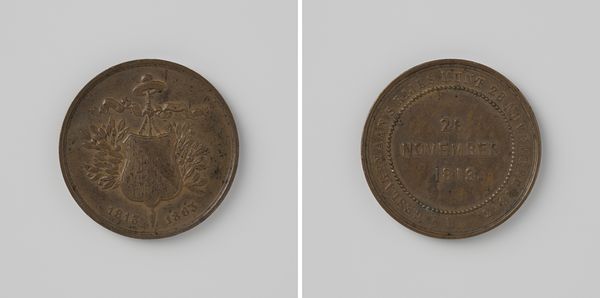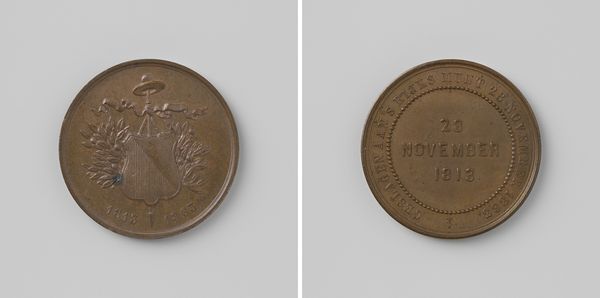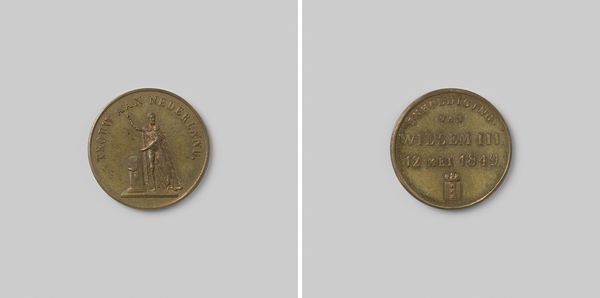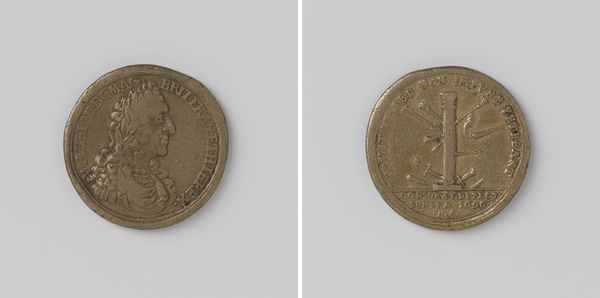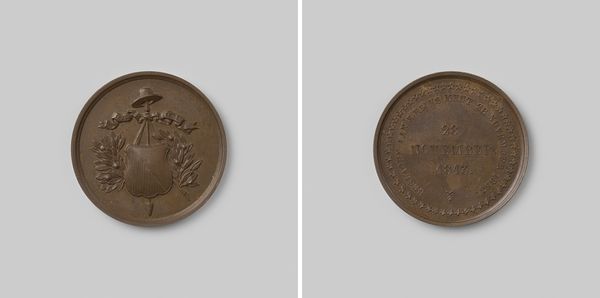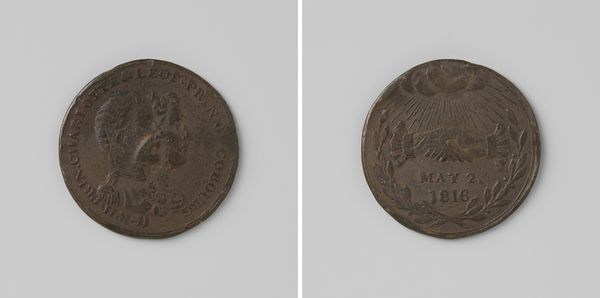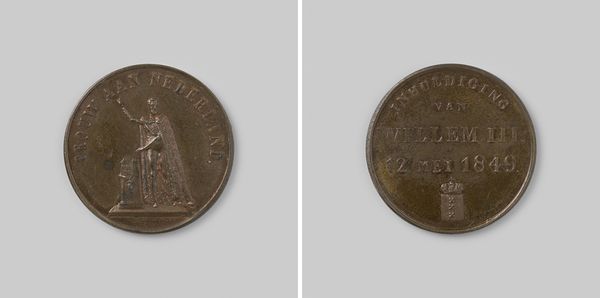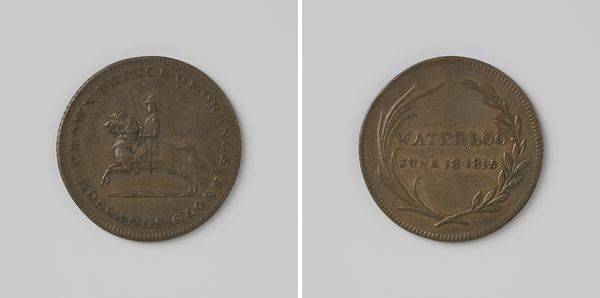
metal, bronze, engraving
#
portrait
#
baroque
#
dutch-golden-age
#
metal
#
bronze
#
engraving
Dimensions: diameter 2.4 cm, weight 8.66 gr
Copyright: Rijks Museum: Open Domain
Editor: Here we have "Nicolaas Witsen, burgemeester van Amsterdam", dating back to 1688. It's a bronze engraving, currently residing in the Rijksmuseum. It looks almost like a coin or a medal, and I’m curious, what stories can it tell us about its subject and the society he inhabited? Curator: It's a fascinating piece precisely because of its mundane form, an engraving struck in metal. It serves not only as a portrait but also as a political tool, reflecting the civic pride and the assertion of power characteristic of the Dutch Golden Age. How does portraying Witsen on a coin-like object solidify his authority, in your opinion? Editor: Hmm, by circulating it like currency, wouldn't it embed his image into the everyday lives of Amsterdam's citizens? A constant, visible reminder of his position? Curator: Exactly! And consider the backside image. What does that tell us? This isn’t just about personal vanity; it's about projecting Amsterdam’s strength. We see a heraldic symbol, surely chosen with specific intent. These medals often were commissioned and distributed by the individuals or the institutions being depicted, shaping public perception in a very direct way. This was how Amsterdam built its brand, so to speak. Editor: So, it’s carefully curated propaganda in miniature? A claim to power, cleverly disguised as a simple portrait? Curator: Precisely. These were often gifted to important officials, further solidifying relationships and promoting specific agendas. Understanding its purpose moves it away from a simple art object to something far more politically charged. Editor: That shifts my entire perception. I had focused on the art of the portraiture, but now I see the bigger socio-political play. It's a portable advertisement. Curator: Indeed! Examining art in its historical and social context transforms it into something much richer and relevant to today.
Comments
No comments
Be the first to comment and join the conversation on the ultimate creative platform.

